When Yardley London started selling lavender soap in 1770, they had no competition — and no need for marketing. Today, the beauty world couldn’t be more different. New brands launch every week, the digital space is crowded, and winning customer attention is a daily challenge.
If you’re a beauty business owner wondering how to build a digital marketing strategy that cuts through the noise and generates consistent leads, you’re in the right place. In this guide, we’ll break down proven steps to not only get started but thrive online. Stick around — we’ll show you the essential techniques beauty brands are using in 2025 and beyond to build loyal audiences and increase sales.
Why Beauty Brands Need a Strong Digital Marketing Strategy
The modern beauty customer is digitally savvy — researching products, reading reviews, following influencers, and buying online. Without a clear, strategic presence on the right platforms, your brand risks being invisible.
Having a strong digital marketing strategy is no longer optional. It’s the foundation of building visibility, credibility, and consistent lead generation for your business.
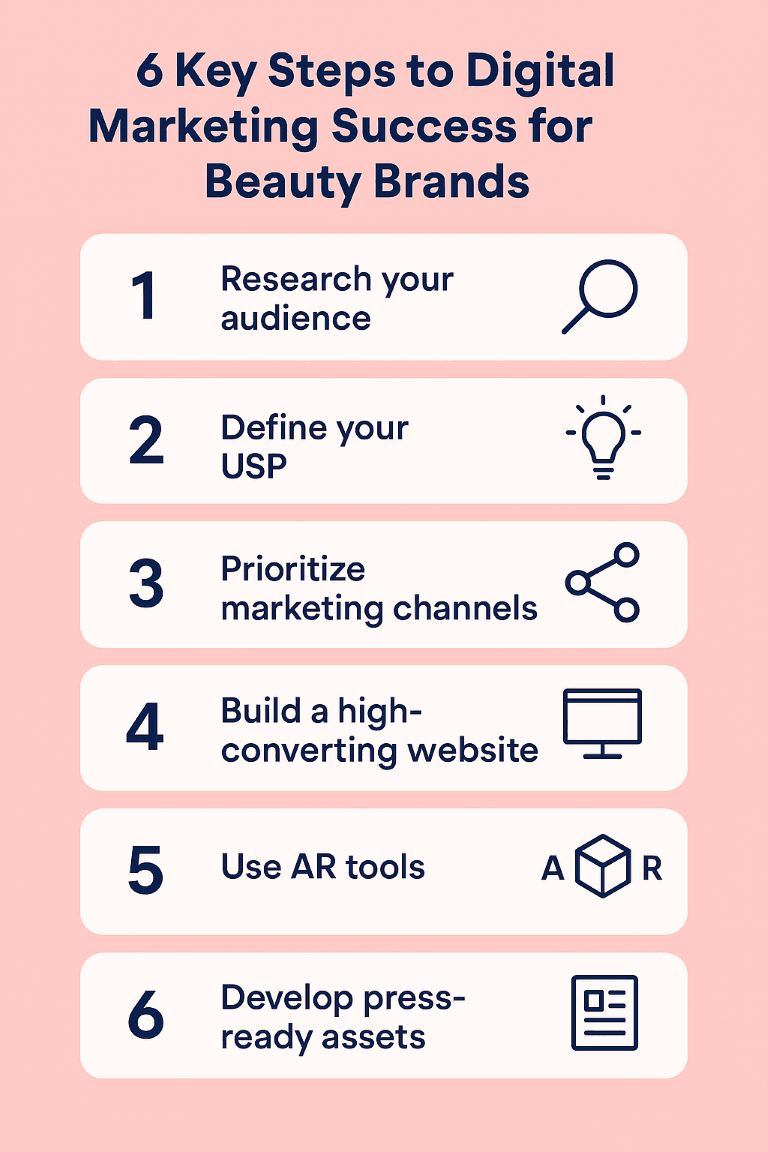
Step 1: Research Your Audience Thoroughly
Before diving into tactics, you must know who you’re talking to and where to find them online. Otherwise, you’ll waste time and budget.
Key research areas:
- Where does your audience hang out: Instagram? TikTok? YouTube?
- Buying behaviours: Do they prefer tutorials, reviews, or influencer recommendations?
- Key motivators: Natural ingredients, price points, ethical production, or luxury appeal?
Tip: Use social media insights, customer surveys, and tools like Google Analytics to guide your findings. Research-driven strategies consistently outperform guesswork.
Looking for more ways to boost website visibility? See our Small Business SEO Tips guide for quick wins!
Step 2: Define Your Unique Selling Proposition (USP)
With thousands of beauty brands vying for attention, your USP must be crystal clear.
Examples of USPs:
- Vegan and cruelty-free products
- Packaging-free or refillable products
- Giving back to charities
- Customizable products
Make sure your USP is consistently visible across your website, social media, and ads. Need help crafting website messaging that converts? Explore our Website Copywriting Services.
Step 3: Focus Your Digital Marketing Efforts
Not every channel will suit your beauty brand. Prioritise the most effective platforms based on your audience research.
Best Digital Marketing Channels for Beauty Brands:
1. Social Media Marketing
Visual platforms are critical for beauty brands. In 2025, beauty consumers favour:
- Instagram (82%)
- Facebook (77%)
- YouTube (59%)
- Pinterest (28%)
Create content that showcases your products, shares tutorials, and engages your audience.
2. Influencer Marketing
Influencer collaborations are still a powerhouse. Partner with micro-influencers (those with 5K–50K followers) in your niche — they often deliver more engaged audiences at lower costs.
Learn more about choosing the right influencers here.
3. SEO and Content Marketing
Content is still king — but only if it’s high-quality. Invest in:
- Blog posts (tutorials, product roundups, skincare tips)
- Customer stories (before and after)
- Interactive content (quizzes, polls)
Learn how to create content that ranks with our Content Marketing Services.
4. PPC and Paid Ads
Running targeted Google Ads campaigns can drive instant traffic. Combine PPC with SEO for maximum long-term growth.
Step 4: Create a High-Converting Website
Your website is your brand’s digital home. It must:
- Load quickly (under 2.5 seconds ideally)
- Be mobile-friendly
- Showcase product visuals beautifully
- Highlight social proof (reviews and testimonials)
A poorly built website can kill conversion rates. Discover why using a custom CMS might hurt your site’s performance.
Need a refresh? Explore our Website Design Services tailored for beauty businesses.
Step 5: Leverage New Technologies like AR (Augmented Reality)
Virtual try-on experiences are no longer reserved for the biggest brands. Even small beauty businesses are now adopting AR tools to let customers:
- Try makeup shades virtually
- Analyze their skin
- Receive personalized product recommendations
In fact, according to Statista (2025), over 45% of online beauty shoppers prefer brands offering virtual try-on experiences (Statista, 2025).
If you want to future-proof your digital marketing, consider investing in AR integrations.
Step 6: Build Press and PR Resources
Want to be featured in beauty magazines and blogs? Make it easy for journalists:
- Create a Press Kit page with high-res images, brand story, product descriptions, and media contact details.
- Offer exclusive samples or press discounts.
Pro tip: Our Media Relations Service can help you get your beauty brand noticed.
Content Ideas to Kickstart Your Beauty Marketing
Not sure where to start creating content? Here are proven ideas:
- Video tutorials (how-to guides, before-and-after looks)
- Customer reviews and testimonials
- Giveaways and user-generated content contests
- Skincare and makeup tips
- Behind-the-scenes brand stories
- Charity collaborations (which 87% of consumers say makes them more likely to buy, Cone Communications Study, 2025)
Conclusion: Your Beauty Brand’s Digital Strategy Starts Here
At SoNick Marketing, we know what it takes to help beauty businesses shine online. Whether you need a stunning new website, a results-driven SEO strategy, or a full-scale Digital Marketing Strategy, we’re here to help you build your brand, increase leads, and create loyal fans.
Contact us today to find out how we can help your beauty business grow!
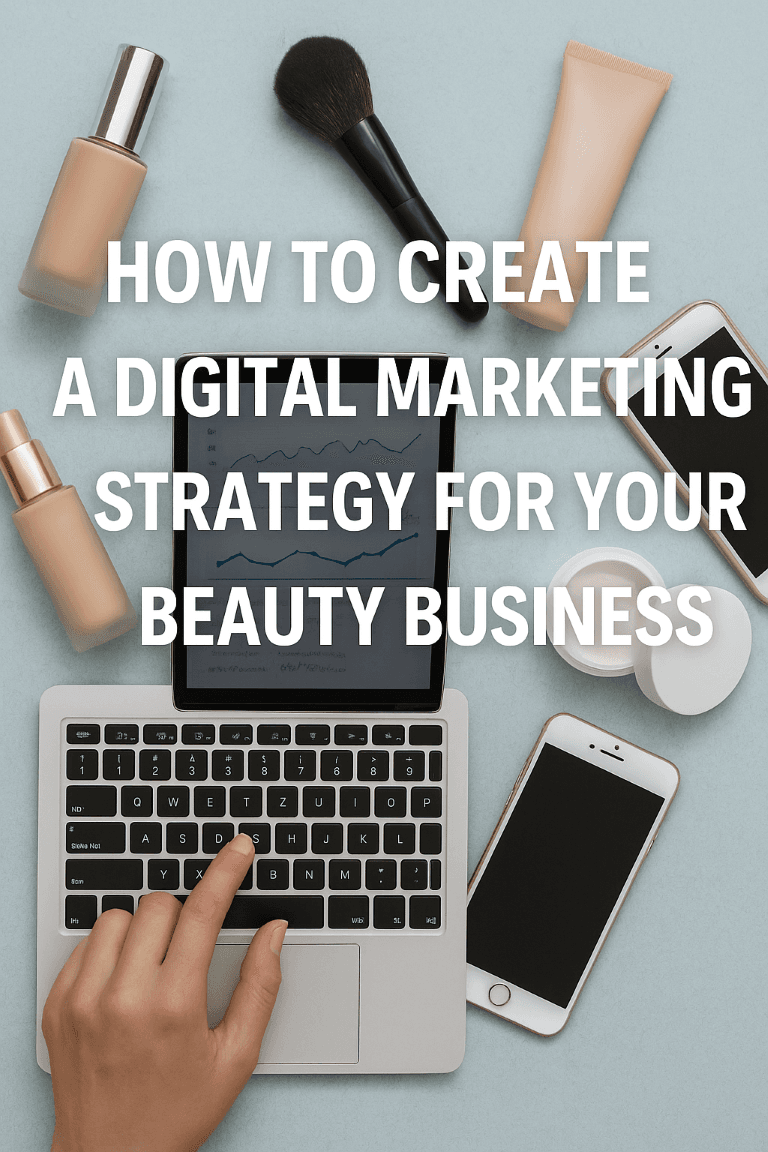
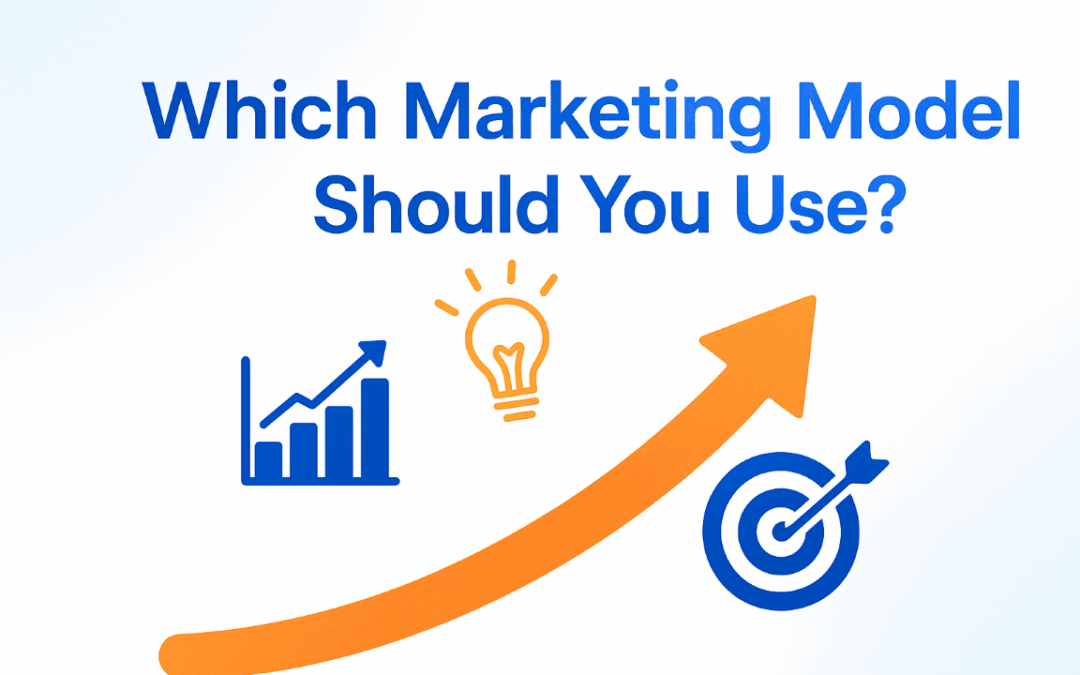
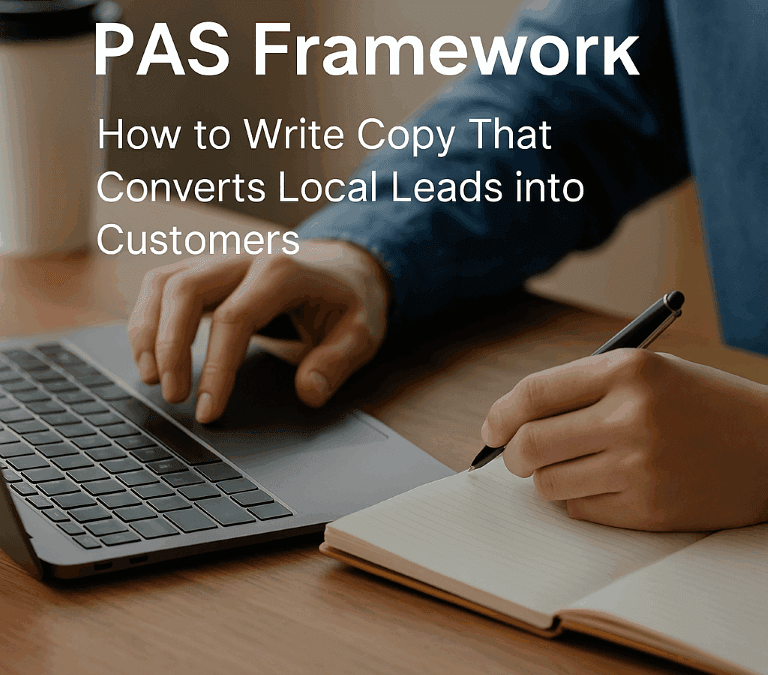
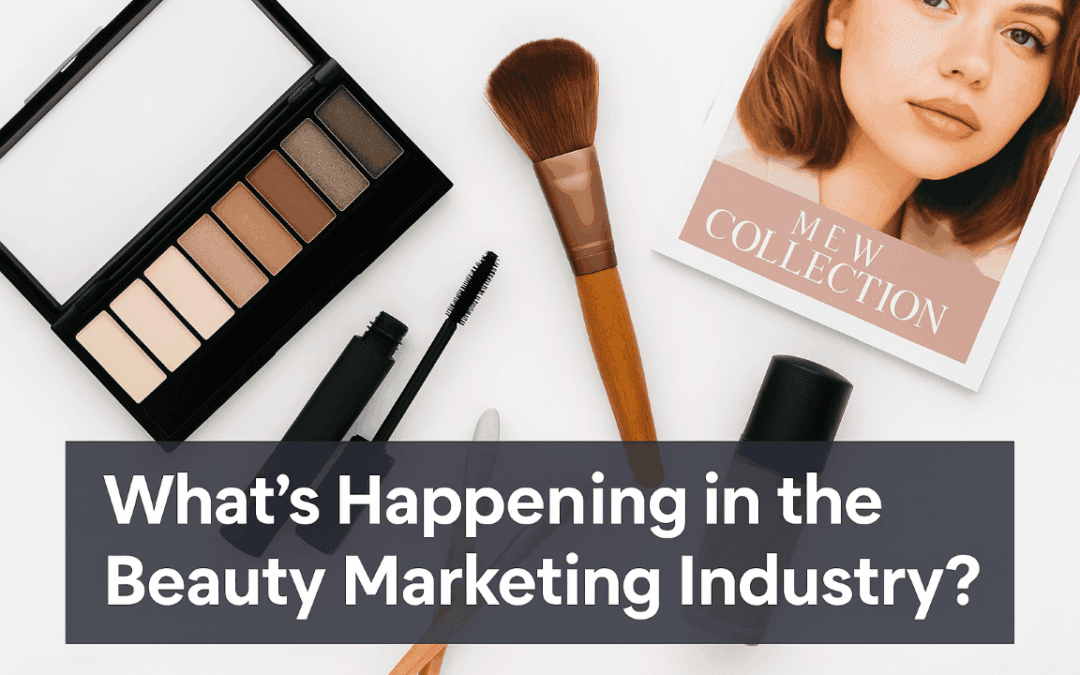

0 Comments